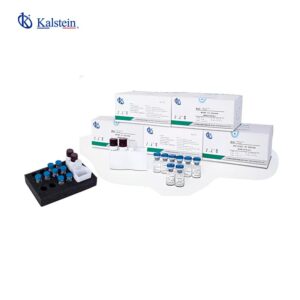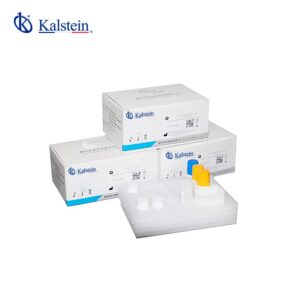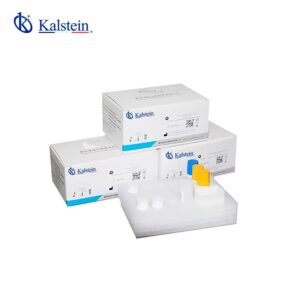Description
The Hepatic Fibrosis Test YRA317 // YRA321 is a cutting-edge tool designed to aid in the early detection and management of hepatic fibrosis. Early hepatic fibrosis can be entirely reversible, distinguishing it from more advanced stages such as cirrhosis, which are difficult to treat. This test utilizes Chemiluminescence Immunoassay Analyzers (specifically compatible with models YR06389 and YR06390), ensuring precise and reliable results. By identifying liver fibrosis early, healthcare professionals can implement proactive measures to enhance the patient’s quality of life and improve long-term prognosis. Encompassing parameters such as PIIINP, CIV, LN, HA, and CG, this test is comprehensive in scope and essential for any advanced medical facility.
Market Price
The market price for the Hepatic Fibrosis Test YRA317 // YRA321 varies depending on the supplier and region, with prices typically ranging from $500 to $800 per box. It is crucial to consider both the test’s reliable performance and its cost-effectiveness when evaluating this investment in patient care.
Frequently Asked Questions
What does the Hepatic Fibrosis Test detect? The test is designed to detect early stages of hepatic fibrosis by measuring levels of specific biomarkers such as PIIINP, CIV, LN, HA, and CG.
Is the test compatible with other analyzers? Yes, this test is compatible with Chemiluminescence Immunoassay Analyzers models YR06389 and YR06390.
How should the test be stored? The test must be stored at temperatures between 2°C and 8°C to maintain its integrity and performance.
Advantages and Disadvantages
The primary advantage of the Hepatic Fibrosis Test YRA317 // YRA321 lies in its ability to detect early stages of liver fibrosis, allowing for timely intervention. Its compatibility with widely used analyzers further enhances its utility. However, the reliance on specific analyzer models may limit its use in facilities without these devices.
Product Use in the Field
In a practical setting, the Hepatic Fibrosis Test YRA317 // YRA321 is employed by healthcare professionals to perform routine liver health assessments. The accurate detection of fibrosis biomarkers plays a critical role in developing targeted treatment plans tailored to individual patient needs.
Recommendations
To ensure optimal results, it is recommended that the test be utilized by trained professionals familiar with CLIA analysis methods. Regular calibration is crucial, and the test kits should be handled according to the specified storage conditions. For pricing and acquisition, we encourage potential buyers to generate an automatic quotation through the Kalstein Plus platform. Experience the seamless integration of advanced diagnostics in your medical practice today.
Features
- Early detection of hepatic fibrosis
- Compatible with Chemiluminescence Immunoassay Analyzers YR06389 and YR06390
- Comprehensive biomarker analysis
- Easy integration with medical diagnostics
- Improves patient management and prognosis
Technical Specifications
| Model | YRA317 | YRA318 | YRA319 | YRA320 | YRA321 |
| Tested Parameter | PIIINP | CIV | LN | HA | CG |
| Analysis Mode | CLIA | ||||
| Package Specification | 50T/BOX, | ||||
| Platform | 100T/BOX,24T/BOX, 48T/BOX AP(Alkaline Phosphatase) | ||||
| Storage | 2-8°C | ||||
| Calibration | 2/6 Points | ||||
| Certification | CE, ISO13485,FSC | ||||





